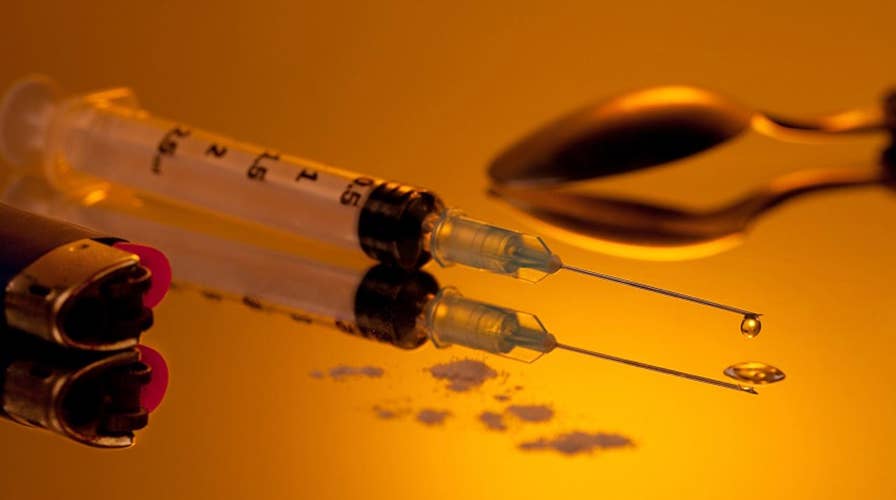How serious is the opioid epidemic?
More than 42,000 people died from opioids in the United States in 2016 and overdose deaths have increased more than five times since 1999. We take a look at the opioid epidemic by the numbers.
On Aug. 2, Lee’s father and stepmother found him on the floor of their basement. He hadn’t responded when they called him for dinner, so they went searching for their son.
The 31-year-old’s skin was blue and he had no pulse.
“I gave him CPR until the paramedics got there. He got a shot of Narcan that revived him,” recalls his father, Bob. “We had the scare of a lifetime.”
Lee, who didn’t want his last name used for this story, had overdosed on what he thought was heroin. It turned out to be lethal Fentanyl, making it even more miraculous that he survived.
The near-death experience was the scariest of his adult life, which has been marked by multiple rehab stays and possession-related arrests instead of typical milestones like a career and marriage.
HERE'S HOW TO TALK TO YOUR KIDS ABOUT OPIOIDS
Until that fateful summer day, he had been clean for seven months. But for more than a decade, the former high-school athlete struggled with opioid addiction. And when he looks back at the root of his devastating drug use, he offers a shockingly innocent source: an injury on the football field.
“I broke my ankle my sophomore year in high school during a football game. The doctor wrote me a prescription for 90 10-milligram Percocet pills,” says Lee, who is currently undergoing a 12-step program at St. Christopher’s Inn in Garrison, NY. “Then and there, I loved the feeling of it.”
In the span of a few years, he went from gregarious jock to junkie. His love of sports was usurped by addiction. He’d shop for doctors who would prescribe him pills because of phony MRIs he printed out from the Internet, and then began snorting and eventually shooting heroin. Experts say Lee’s story isn’t unique.
OUTRAGE OVER PHARMACEUTICAL COMPANY THAT CREATED 'FAKE' CANCER PATIENTS
Professional athletes such as former Boston Celtics NBA star Chris Herren have gone public with heroin use that began with painkillers.
At St. Christopher’s Inn, the number of heroin addicts who started with pills to combat a sports injury can, at times, account for 20 percent of them. Program director David Gerber is all too familiar with the narrative.
“We’re seeing an awful lot of competitive kids who get these injuries and they get these pills,” Gerber says. “The pills help them stay on the field and do nothing to treat the injury; they’re masking the pain. The euphoric effect is what they remember. The season is over and they’re still taking the pills and the desire [to get high] begins to outweigh the desire to play the sport.”
Click for more from NYPost.com.

